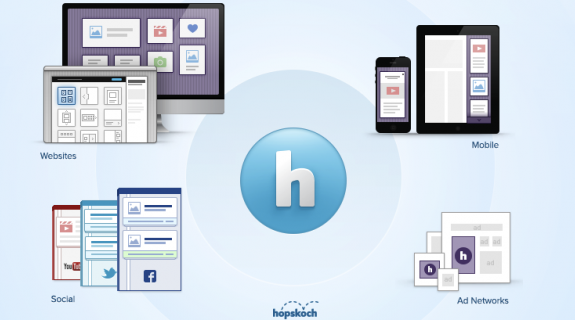“We are witnessing the creation of a fundamentally new mode of human communication. One-way broadcast TV has been augmented with millions of real-time audience feedback signals that are shaping audience decisions of what to watch and how to interpret what they see.”
So quipped Bluefin Labs co-founder Deb Roy, writing in March of 2013 for “Harvard Business Review” shortly after Oreo’s Super Bowl tweet heard ‘round the world—that simple four-word response so perfectly timed and adroitly relevant that – well here we are, still talking about it a year and a half later.
But while Oreo’s brilliant Twitter moment showed unequivocally the power of real-time marketing to engage viewers around a brand – it was also but the loudest voice in a vast chorus Roy called television’s “social soundtrack”: The buzz of tweets, hashtags, Facebook posts and other general chatter that has quickly become inextricable from televised content. Perhaps not surprisingly, Roy had high hopes for this constant, now two-way chatter between the content consumers and the content pushers:
“In the future, marketers will be able to synchronize and coordinate their messaging automatically at scale across TV and Twitter,” he wrote, “to provide the combined benefits of TV’s sight, sound, and motion with social media’s contextualized targeting and canvas for authentic engagement.”
Since then, all that talk has been rapidly evolving to its next logical level: action. Where once you could converse in social TV about its storytelling, now you can interact with the storytelling itself, from Syfy’s cross-platform show/video game hybrid “Defiance” to ABC’s app-voting singing contest series “Rising Star.” And as such digital efforts become more and more ubiquitous, they will need – and for many TV productions, already do need – a service to help them, as Roy said, “synchronize and coordinate their messaging automatically and at scale.”
Which brings us to Hopskoch, a startup in New York that aims to help TV marketers create, track and analyze transmedia campaigns using one collaborative tool. The company’s platform is similar to something like Hootsuite, wherein a user can schedule content across the broad swath of available social media outlets and websites, only with a twist: Any or all of that content can be made interactive with a click of the mouse. A question on Twitter could become a poll, for instance, or a plea could be sent for user-uploaded videos or images. Rewards can be quickly and easily implemented. Content can be targeted at one segment of a brand’s users or all of them, and of course engagement results can be tallied and analyzed.
“I was inspired by some meetings with ‘Walking Dead’ folks at AMC,” Hopskoch co-founder and COO Marty Monaco told Brief, reflecting on the early stages of the platform’s development. “Story Sync hadn’t come out yet… [AMC SVP of digital media] Mac McKean was talking about the kinds of things they wanted to do and it was in line with what Hopskoch was trying to do. So I thought ‘let’s do something you do on Story Sync but make it so you can do it in five minutes. Make things so fast you can create this kind of active content on the fly for event TV like the Oscars and the Super Bowl.”
Struck by transmedia marketing efforts like “The Dark Knight’s” Why So Serious, Monaco and his business partner Sunil Madhu set out to simply “help the storyteller,” he said. “That’s what social TV ultimately is… it’s another way to extend the story… Social TV is addressing scheduled content right now. If the show’s coming on at 8:00 they can set something up that goes out 8:15. I want hopskoch to create integrated social experiences for unscheduled content. That opens up the world way beyond televised content.”
While occurrences like Oreo’s famous tweet are impressive Monaco said, “It’s the difference between passive content and active content. They pushed that content out and prayed people would retweet it. With Hopskoch you can push that out and ask for some kind of responsive content. You can take those responses and segment your audience…
“Twitter is a bunch of instruments but they’re not synchronized,” he continued. “You’re just blowing on horns. Hopskoch allows you to take advantage of all that noise and make it a more meaningful and immersive experience.”
Tags:













































__twocolumncontent.jpg)











